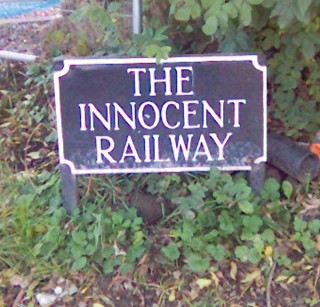Innocent Railway
The Innocent Railway is now a cyclepath connecting central Edinburgh, at Newington and St. Leonard’s at its west end, with Duddingston, Niddrie and Craigmillar to the east and the path continues on, directly linking Bingham and Brunstane.
The route has two distinctive features of historical interest. One is what might be Britain’s first railway tunnel built around 1830, stretching 350 yards under the southern edge of Holyrood Park. The second is a cast iron bridge at the Duddingston Road junction which is also one of the earliest surviving examples of its type. Another point of interest is that the route passes very nearby, and affords a view of the Scottish Wildlife Trust property of Duddingston Loch.
The line was commissioned by a business consortium led by Walter Montagu-Douglas-Scott, 5th Duke of Buccleuch (1806 – 1884), with the engineering plans being contributed by Robert Stevenson (1772 – 1850), a civil engineer celebrated for his work on lighthouses. The cast iron bridge was designed by James Jardine (1776 – 1858).
A public information plaque at the entrance to the path has this to say about it:
“You are standing on one of Scotland's pioneering Railways. The Edinburgh and Dalkeith Railway was nicknamed "The Innocent Railway" because it was originally horse-drawn in an age which thought steam engines dangerous. It was built to transport coal from the Dalkeith area to Auld Reekie. To the surprise of the promoters, however, the public rapidly took to this convenient novelty and soon 300,000 passengers were carried annually.
Thereafter, passengers became as important as freight to the railways. Open carriages, wagons and converted stagecoaches were the first rolling stock. Among its engineering features were an early tunnel, a cast iron beam bridge and an outstanding timber viaduct on masonry piers. The first two still survive. The viaduct at Thornybank, Dalkeith was finally demolished in the 1960s.”
External Links
- St Leonard's Station
- The Innocent Railway, in Gazetteer for Scotland
- Duddingston Loch, Scottish Wildlife Trust

